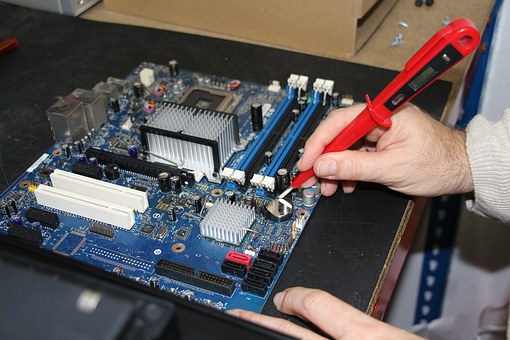
Fiber optic connectors are devices that connect optical fibers to other devices, such as switches, adapters, or patch panels. They are designed to align the cores of the fibers and transmit light signals with minimal loss and reflection. There are many types of fiber optic connectors, each with its own advantages and disadvantages. Here are the common types of fiber optic connectors and their features:
1.LC (Lucent Connector): This is a small form-factor connector that uses a 1.25 mm ferrule and a push-pull mechanism. It is widely used for high-density applications, such as data centers and telecom networks. It can support both single-mode and multimode fibers.

2.SC (Standard Connector): This is a snap-in connector that uses a 2.5 mm ferrule and a locking tab. It is simple, durable, and reliable. It is commonly used for data communication and networking. It can also support both single-mode and multimode fibers.

3.ST (Straight Tip Connector): This is a bayonet-style connector that uses a 2.5 mm ferrule and a twist-lock mechanism. It is one of the oldest and most widely used connectors. It is mainly used for industrial and military applications. It can only support single-mode fibers.

4.FC (Ferrule Connector): This is a screw-on connector that uses a 2.5 mm ferrule and a metal housing. It is very stable and resistant to vibration and mechanical stress. It is mainly used for precision instruments and measurement devices. It can also only support single-mode fibers.

5.MTRJ (Mechanical Transfer Registered Jack): This is a duplex connector that uses two 1.25 mm ferrules and a plastic housing. It resembles a RJ-45 connector and is easy to install and remove. It is mainly used for consumer devices and multimedia applications. It can support both single-mode and multimode fibers.

6.MU (Multi-Position Optical): This is a miniaturized version of the SC connector that uses a 1.25 mm ferrule and a push-pull mechanism. It is designed for high-density applications, such as optical switches and modules. It can support both single-mode and multimode fibers.

7.E2000: This is a spring-loaded connector that uses a 1.25 mm ferrule and a latch mechanism. It has a built-in dust cap that protects the ferrule from contamination and damage. It also has a low insertion loss and a high return loss. It can support both single-mode and multimode fibers.

8.MTP/MPO (Multi-Fiber Push-On): This is a multi-fiber connector that can accommodate up to 72 fibers in a single ferrule. It is used for parallel optical interconnects, such as ribbon cables and fan-out cables. It can support both single-mode and multimode fibers.

9.NID (Network Interface Device): This is a weatherproof connector that is used for outdoor applications, such as fiber to the home (FTTH) and fiber to the curb (FTTC). It has a sealed enclosure that protects the fiber from moisture and dust. It can support both single-mode and multimode fibers.

10.SMA (SubMiniature version A): This is a threaded connector that uses a 3.175 mm ferrule and a metal housing. It is one of the first fiber optic connectors and is still used for some legacy systems. It has a high insertion loss and a low return loss. It can only support multimode fibers.

These are some of the most common types of fiber optic connectors, but there are many more. Each type has its own pros and cons, and the choice depends on the application, performance, and budget. I hope this helps you at work efficiently.




Be the first to comment